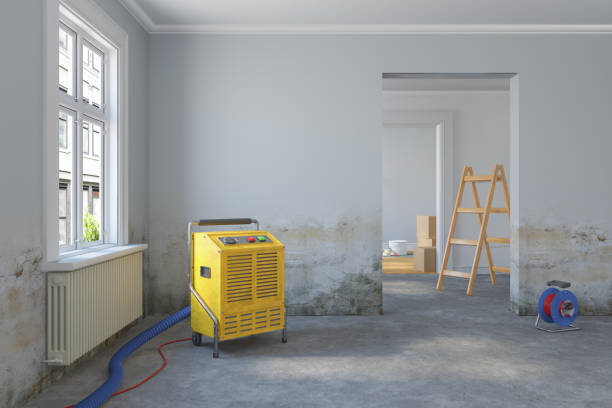Table of Contents
- Understanding Water Damage and Its Impacts
- The Importance of Prompt Response
- Professional Water Damage Restoration Techniques
- Choosing the Right Restoration Service
- Preventative Measures to Avoid Water Damage
- Insurance and Water Damage Claims
- Conclusion
Understanding Water Damage and Its Impacts
Water damage is one of the most common and potentially devastating issues homeowners can face. Whether caused by natural disasters like flooding or everyday occurrences such as leaky pipes and appliance failures, water intrusion can lead to significant structural and personal property loss. Swift action is crucial to address these impacts and minimize the risk to your home and health. That’s why choosing experienced restoration services is vital for an effective response and a full recovery.
The effects of water damage go beyond simple staining or cosmetic blemishes. Left untreated, even a small leak can cause unseen issues, including weakened supports and unsafe conditions, such as electrical hazards. Over time, excess moisture creates an environment where harmful microorganisms like mold thrive, posing a direct health risk to occupants—especially children, those with allergies, and the elderly.
The Importance of Prompt Response
The window to minimize the consequences of water damage is narrow. Research by the U.S. Environmental Protection Agency reinforces that damage escalates rapidly, with mold growth beginning within 24–48 hours if water is not removed. Immediate intervention reduces the risk of severe structural deterioration and can help preserve valuable elements of your property, from hardwood floors to crucial framing support.
A faster response also prevents water from seeping deeper into building materials, which can significantly reduce restoration costs and disruption. Highly skilled mitigation teams move quickly to extract standing water, dry soaked materials, and apply treatments that prevent mold and mildew before they become a larger, more costly issue.
Professional Water Damage Restoration Techniques
Modern water damage restoration leverages a combination of technical know-how and advanced equipment. Certified professionals adhere to industry standards such as those established by the Institute of Inspection, Cleaning and Restoration Certification (IICRC). Their process involves a structured approach:
- Assessment and inspection with moisture meters and infrared cameras
- Water removal using industrial pumps and vacuums
- Drying and dehumidification with commercial-grade fans and dehumidifiers
- Cleaning, sanitizing, and deodorizing affected areas
- Restoration and reconstruction of damaged structures
These procedures are supported by continuous innovations in the field, from real-time moisture monitoring to eco-friendly antimicrobial treatments, ensuring a thorough and safe restoration process.

Choosing the Right Restoration Service
Not all remediation providers offer the same level of expertise or responsiveness. When selecting a restoration company, look for comprehensive training, proper certifications (such as IICRC), transparent reviews, and proven field experience. The right provider will offer a thorough post-damage assessment, clear communication, and a detailed recovery plan.
It’s also beneficial to seek teams that embrace the latest technologies, from advanced drying equipment to digital progress tracking. Verifying a provider’s licensing and insurance is equally vital to guarantee protection for you and your property throughout the recovery process.
Preventative Measures to Avoid Water Damage
Homeowners can take proactive steps to minimize water damage risks. Regularly inspect roofing, plumbing, and exterior grading to ensure water is directed away from the foundation, and promptly address any signs of leaks. Maintain appliances and keep gutters clear of debris to prevent overflow and water intrusion.
Consider installing early-detection systems, such as smart water sensors, that alert you to leaks before they escalate. These technologies, combined with routine maintenance, offer greater peace of mind and can dramatically reduce your risk of serious water damage.
Insurance and Water Damage Claims
Understanding your insurance policy is essential following water damage. Not all events—such as gradual leaks or flood damage—are covered equally. Review your policy annually and discuss coverage specifics with your agent to avoid costly surprises.
When water damage occurs, document all affected areas, start mitigation quickly, and contact your insurer to initiate the claim process. Professional restoration teams can support your claim with clear documentation and communication with adjusters, helping you navigate the process efficiently.
Conclusion
Rapid, skilled water damage remediation is the cornerstone of a quick, complete recovery after a water emergency. Recognizing the urgency of the situation and working with certified professionals not only protects your property but also safeguards the well-being of everyone at home.

